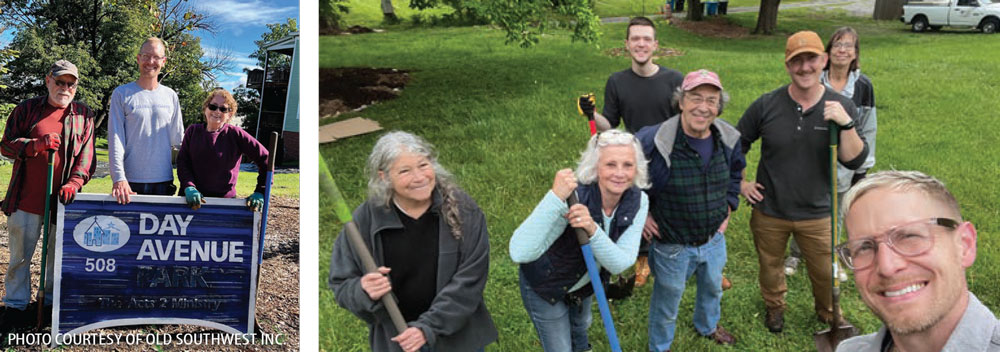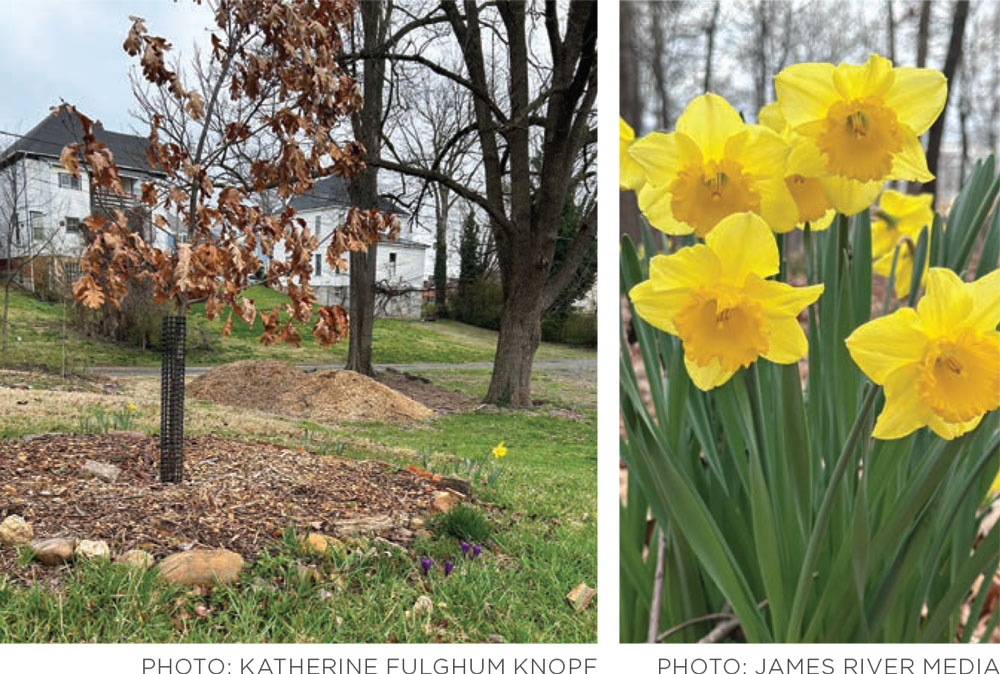POCKET PARKS
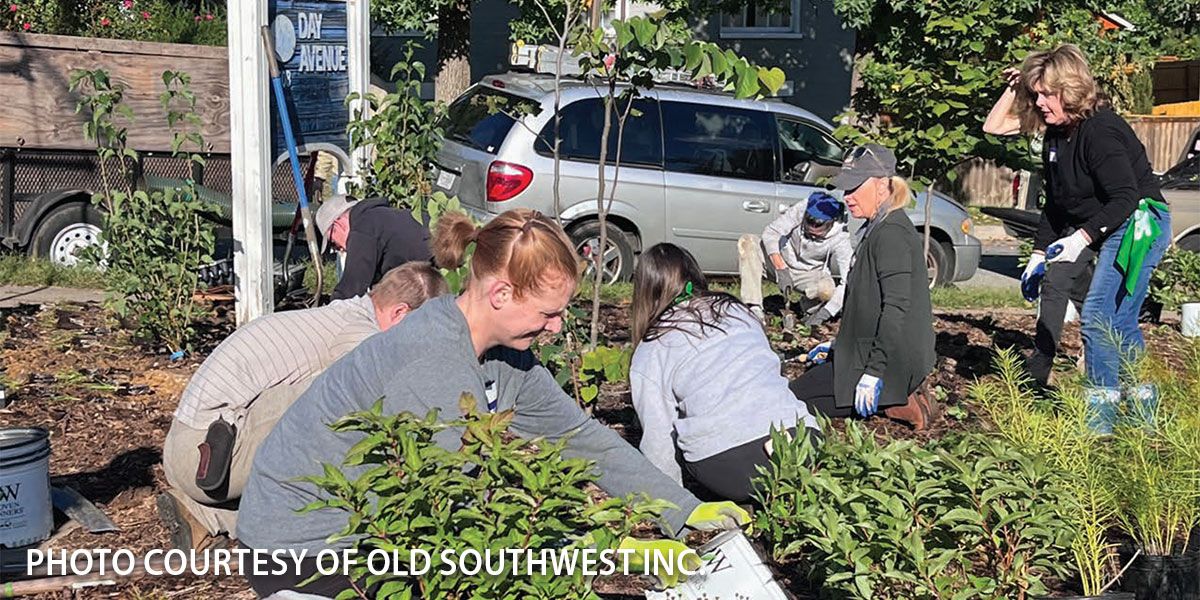
Small in Size; Big in Outcomes
The Old Southwest neighborhood, long known for its striking architecture and historic houses with formal landscapes, has added another charming element to its community: The Day Avenue Pocket Park. Once an ugly lot full of invasive weeds, this mini-park now invites residents to stop and stay awhile.
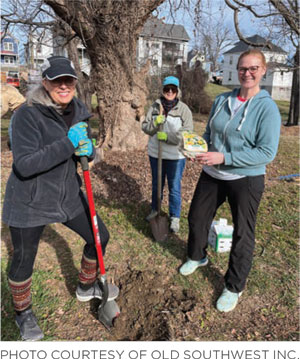 A storied past
A storied past
Pockets parks, known as mini-parks or parkettes, originated in Europe after World War II as a movement to reintroduce beauty into the cities after the devastation of bombings. Pocket parks’ small scale allows community citizens to contribute their labor and talents to restore the land using low-cost materials and donations. Often plants come from neighbors’ gardens or civic-minded businesses. These disused parcels benefit both public and private entities; the lot’s owner sells or donates the plot to the neighborhood in exchange for local residents maintaining the land.
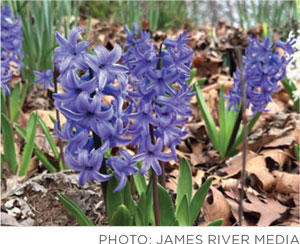 In the 1950s, pocket parks came to the United States. Washington D.C., Baltimore and Philadelphia adopted the pocket park concept to improve their urban spaces. Landscape architect Karl Linn advocated converting overgrown, vacant city lots into mini-parks to restore the health of these large municipalities. Creating common areas for citizens to gather and meet neighbors, to relax or to exercise builds community relationships and reduces urban blight.
In the 1950s, pocket parks came to the United States. Washington D.C., Baltimore and Philadelphia adopted the pocket park concept to improve their urban spaces. Landscape architect Karl Linn advocated converting overgrown, vacant city lots into mini-parks to restore the health of these large municipalities. Creating common areas for citizens to gather and meet neighbors, to relax or to exercise builds community relationships and reduces urban blight.
Tips for establishing a pocket park
• Vacant, irregular shaped lots or pieces of land that are not easily buildable offer good locations for a pocket park. Unkept public spaces such as medians offer potential. Determine ownership and ask permission to improve it.
• Decide on the park’s purpose — benefitting the environment, providing a recreation space or creating a hands-on gardening space (or a combination) — to give structure to the proposal.
• With the help of a Master Gardener or Garden Designer, draw a plan for the space. Make a written timeline so the pocket park can grow in stages.
• Organize a neighborhood meeting or ask to be on the agenda of the neighborhood association in your area. Identify interested participants.
• Ask neighbors to sign up for various workdays and committees that will oversee the project.
• Select native plants that are low-maintenance and support pollinators and wildlife. Visit this website for plant ideas: plantvirginianatives.org/ plantswvanatives/plant-swva-natives-guide.
• Vegetation markers and signage educate visitors and encourage participation.
Seeds of change
The corner lot on Day Avenue was a problem spot just a few years ago. Now the neighborhood association, in partnership with Roanoke City and Garden Vitals, has transformed the overgrown lot that once required time and money for mowing into a green space filled with three redbud trees, vibrant daffodils and shrubs.
Creating designated green spaces restores municipalities in several ways. Trees and plants absorb heavy rain waters, which aids stormwater runoff issues. An open space with planned foliage increases the quality of the community and potentially steps up property values. A public park in a neighborhood offers a place for residents to unwind, and this leads to improved mental health. It brings civic leaders and locals together in a space for neighborhood gatherings and offers children a place for outdoor play close to home.
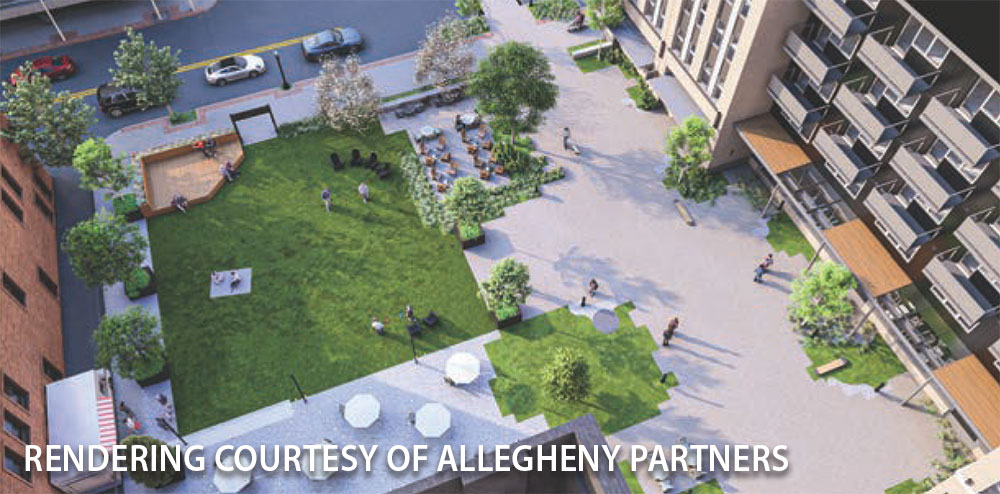
New pocket park coming this summer
A one-acre lot in downtown Roanoke is slated to become the next pocket park this summer. Situated next to The Bower, a new upscale apartment building between Campbell Avenue and Salem Avenue, the park will provide greenery in an urban setting that is heavy on concrete and dirt. The plan is to build a courtyard, then surround it with grass and trees. Adding outdoor furniture, a stage for performances and back walls for art or murals will encourage residents and tourists to visit. This pocket park will provide a great spot for picnics, relaxing and outdoor events.
Growing together
Energetic locals succeeded in living up to their park’s motto: Growing Together in Old Southwest. Starting in December 2022, neighbors covered areas of the lot in old newspapers (lasagna gardening) to kill the weeds naturally so there was a place for flower beds of asters and coneflowers. Sharon Burnham of Garden Vitals designed the garden and helped install trees and shrubs in October 2023.
The neighborhood’s vision shaped a park that attracts pollinators and educates citizens. At Burnham’s suggestion, volunteers planted four arborvitae and berrying shrubs to establish the park’s boundaries — a living hedge that provides privacy and draws birds to the garden. In December 2023, Star City Garden Club and Town & County Garden Club donated and planted 300 crocus and daffodil bulbs for colorful spring flowers they hope will induce neighbors to come see what is blooming.
Mary Anne Mather, co-lead of the Pocket Park Project and Old Southwest board member, observed that the effort is a perfect example of Margaret Mead’s famous statement: “Never doubt that a small group of thoughtful, committed citizens can change the world: Indeed, it is the only thing that ever has.”
Terry McGuire, vice president of Old Southwest Inc., is the other co-lead of the project. He says Day Avenue Pocket Park creates a natural opportunity to build community through education. The gardening workshops bring people out to learn and offers a chance for neighbors to get to know each other. Plant days teach neighbors about growing natives and supporting Bee City tenants. The Day Avenue Pocket Park provides a place for all ages to enjoy the outdoors. ✦
common areas, community relationships, green space, mini-parks, municipalities, parkettes, pocket parks, urban spaces, vacant city lots
